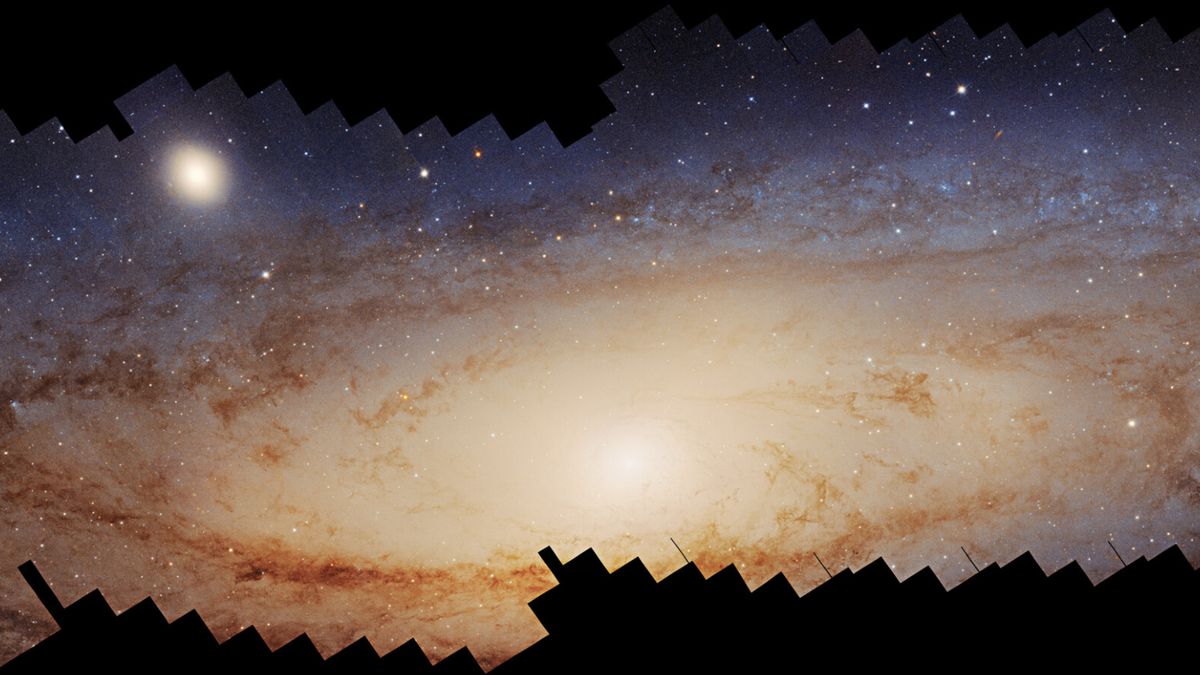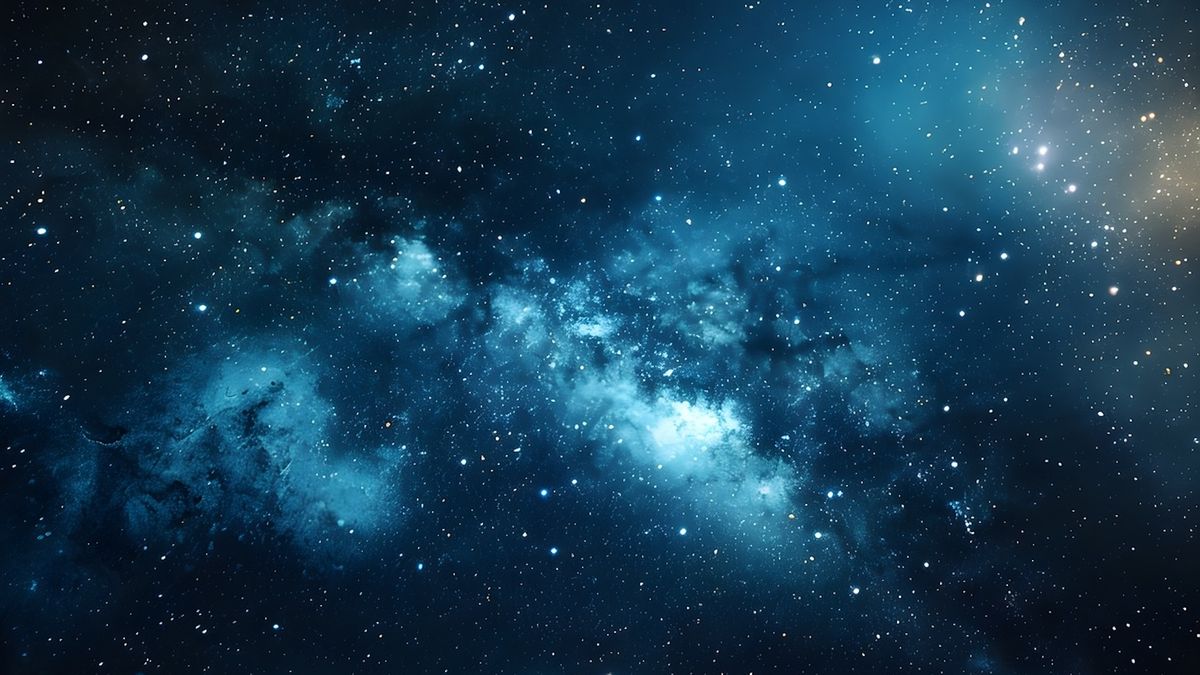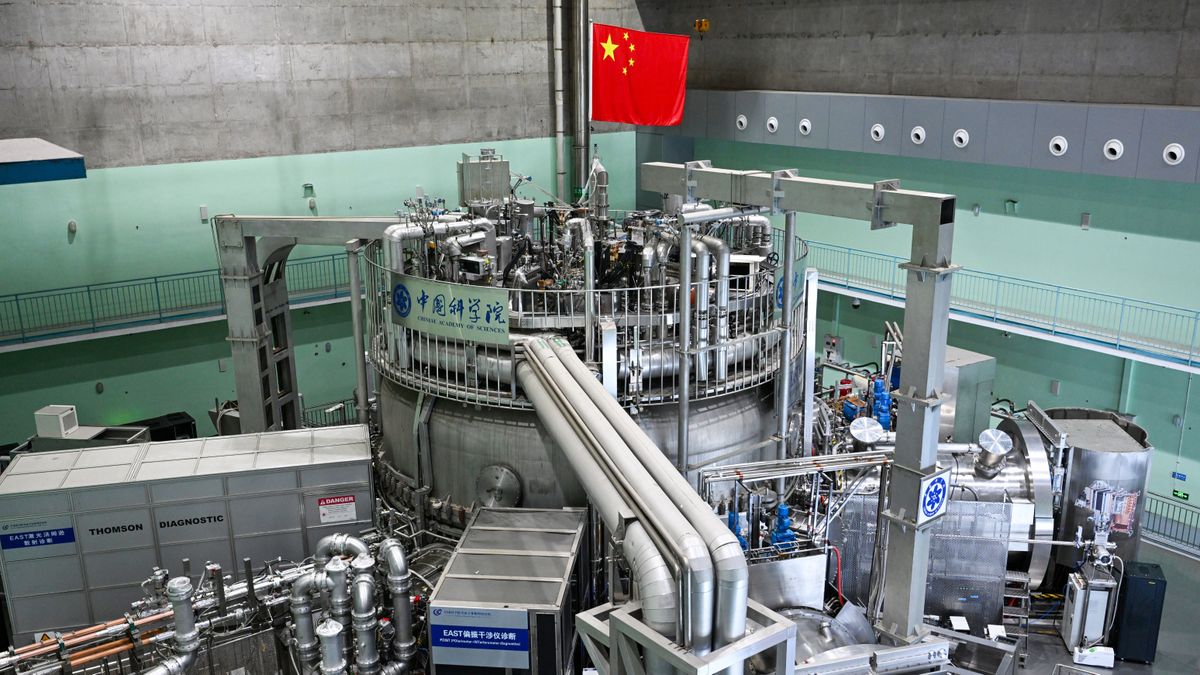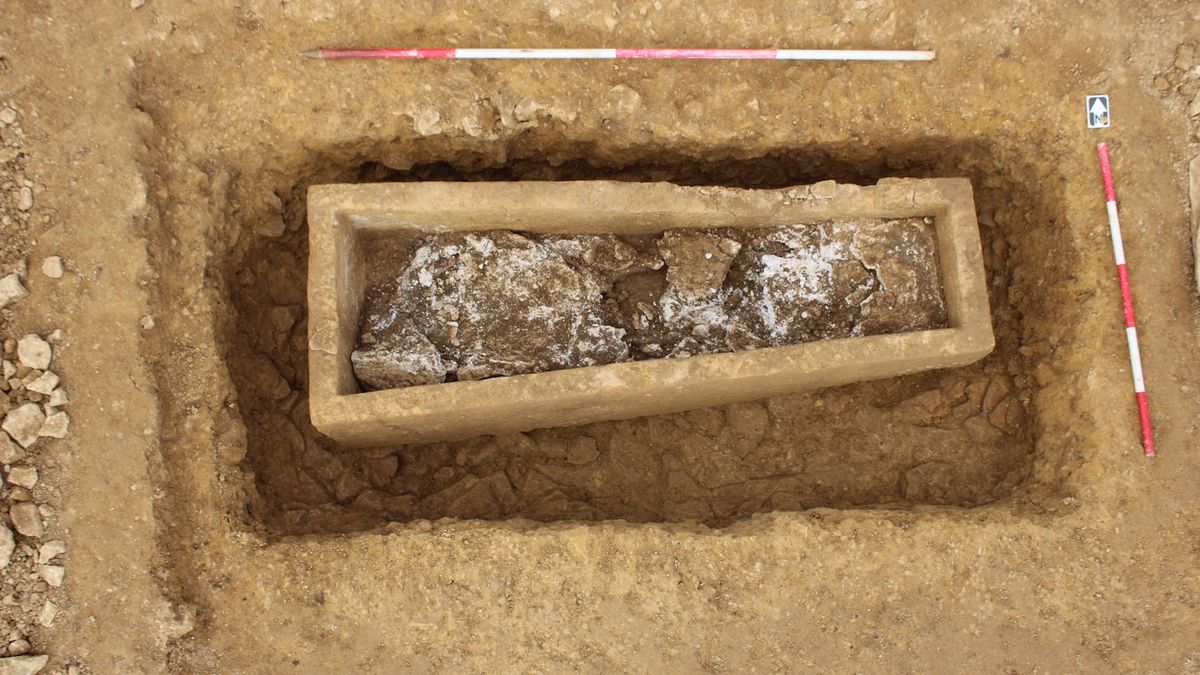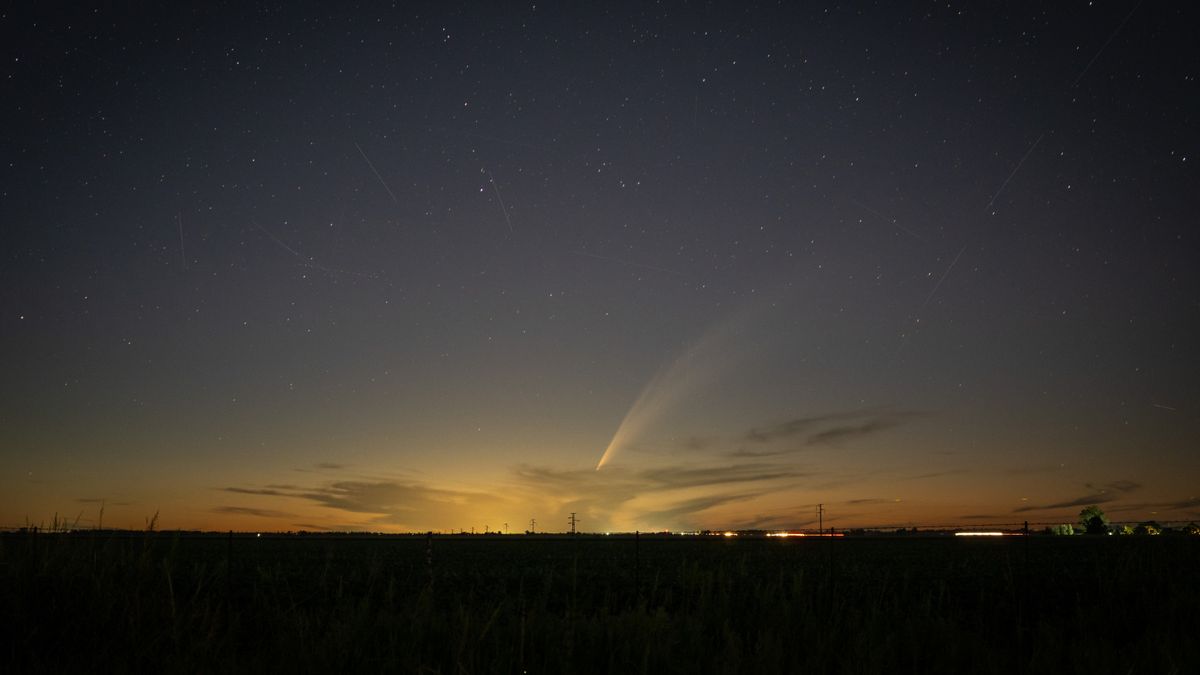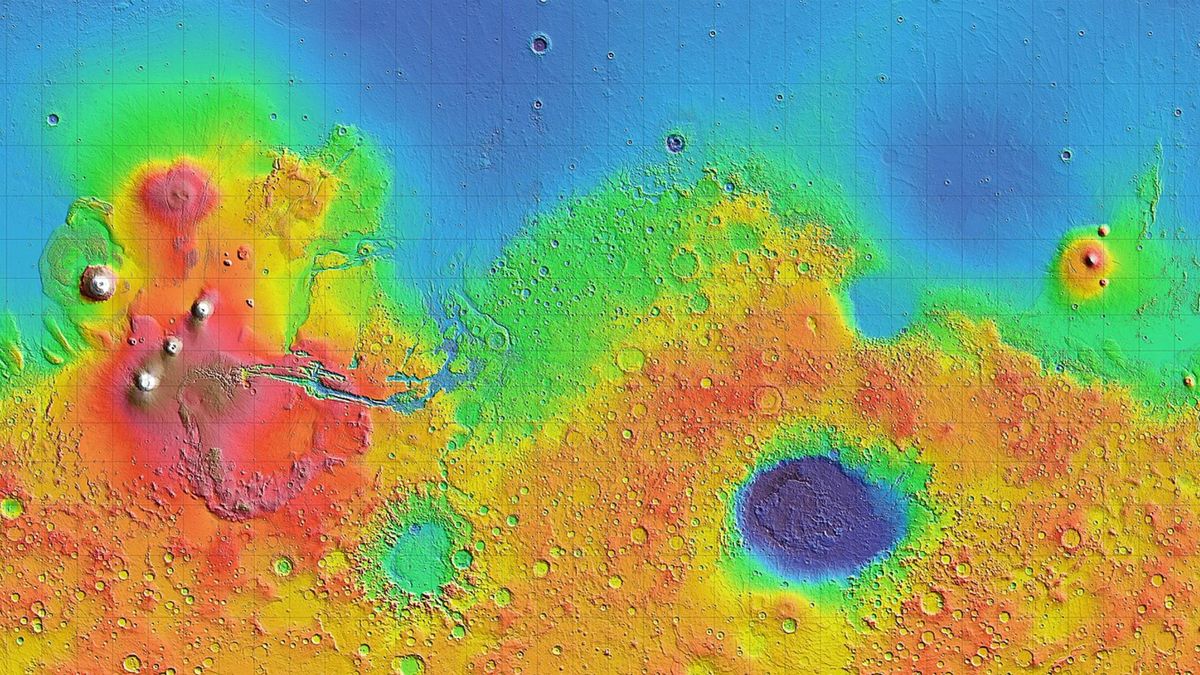The Hubble Space Telescope has finally completed a stunning mosaic of the Milky Way’s closest cosmic companion, the Andromeda Galaxy — having spent more than a decade snapping the spectacular image.
The new image, which was released Jan. 16 by the European Space Agency (ESA), is made up of approximately 600 different fields of view and shows the spiral galaxy “almost edge-on,” or tilted 77 degrees compared to how we normally see it from Earth.
To do this, researchers ran two different observing programs to independently capture the northern and southern halves of the galaxy. It “was a herculean task” that required Hubble to orbit Earth more than 1,000 times, ESA representatives wrote in the statement.
The mosaic contains roughly 2.5 billion individual pixels — a new record for an image of Andromeda. This unprecedented level of detail has enabled researchers to resolve more than 200 million stars in the image, which start to “look like grains of sand across the beach” as you zoom in on different parts of the image, according to the statement.
“But that’s just the tip of the iceberg,” the ESA representatives added. In total, scientists estimate that Andromeda could have as many as 1 trillion stars, which is up to 10 times more than the Milky Way, according to ESA.
Related: The Milky Way could be part of a much larger ‘cosmic neighborhood’ than we realized, challenging our understanding of the universe
The new image will enable scientists to better understand Andromeda’s past. Astronomers believe the galaxy once collided with one of its current satellite galaxies, Messier 32, and likely stole most of the latter’s stars in the process. This means that comparing the distribution of the different stars within Andromeda can tell us more about this cosmic collision.
Any potential findings could also shed light on the Milky Way’s future because our galaxy is predicted to potentially collide with Andromeda in the next 5 to 10 billion years.

Watch On
Hubble and Andromeda
The release of the new Hubble image coincides with the 100th anniversary of the discovery of Andromeda by the spacecraft’s namesake, Edwin Hubble, according to Live Science’s sister site Space.com.
Prior to that 1915 discovery, scientists believed that all the stars in the night sky belonged to a single galaxy, and they had no concept of the scale of the wider universe. But in the century since, telescopes like Hubble have helped to show us that there are more than 100 billion galaxies within the entire cosmos.
However, at a distance of around 2.5 million light-years from Earth, which is comparatively tiny on a cosmic scale, Andromeda is the most easily accessible galaxy to us — and has helped us learn a great deal about our own galaxy.
“Without Andromeda as a proxy for spiral galaxies in the universe at large, astronomers would know much less about the structure and evolution of our own Milky Way,” the ESA representatives wrote.







